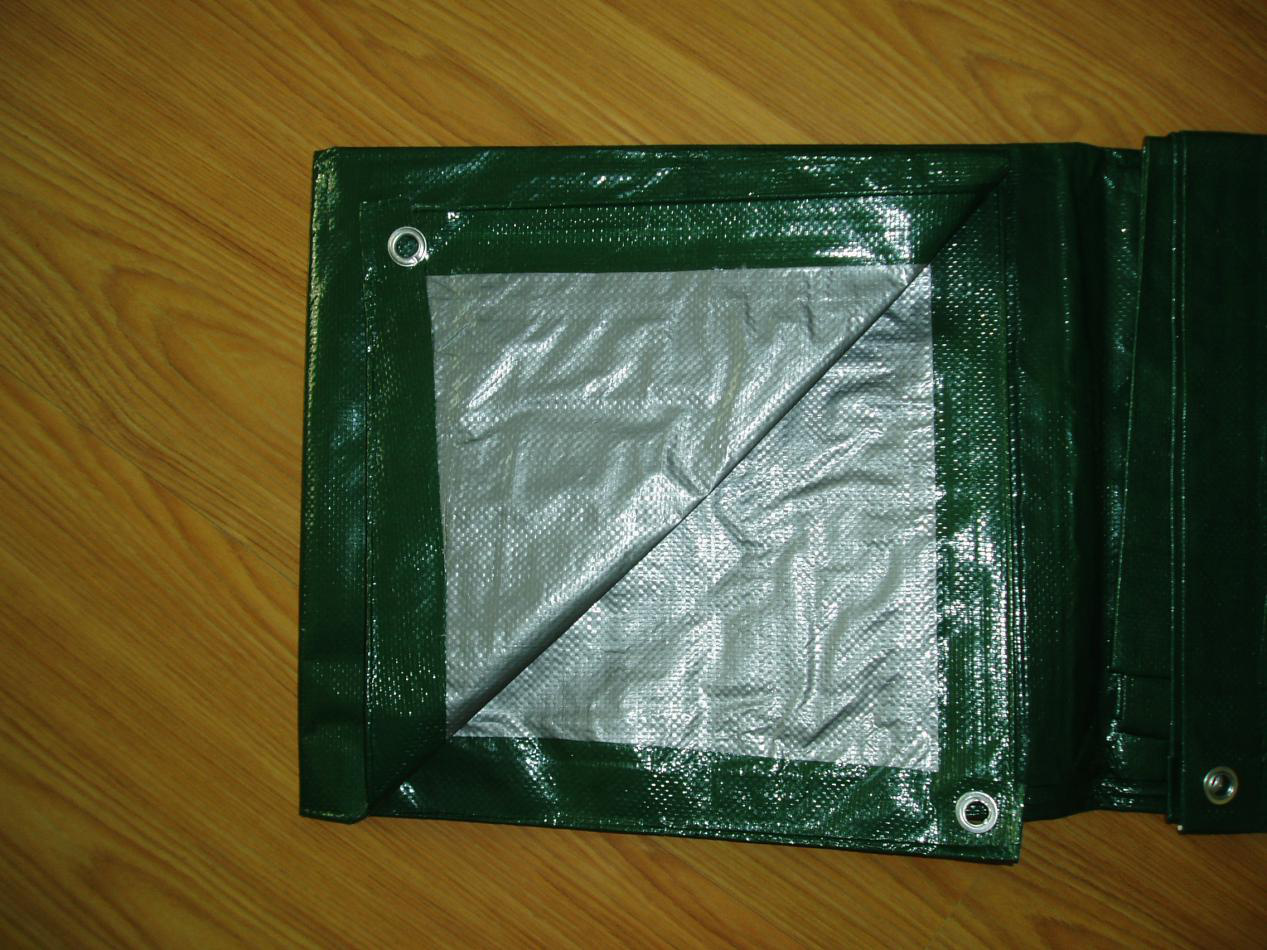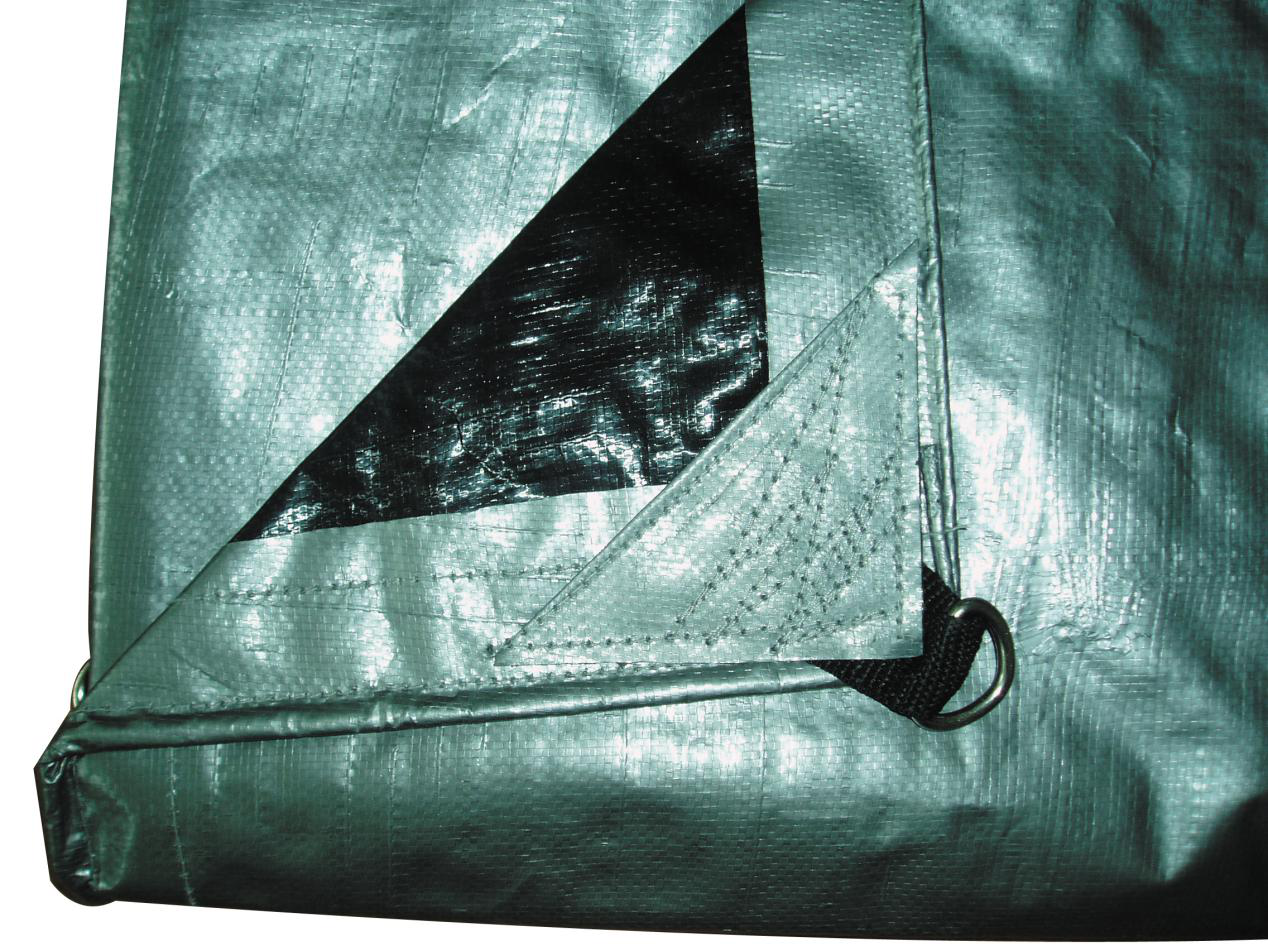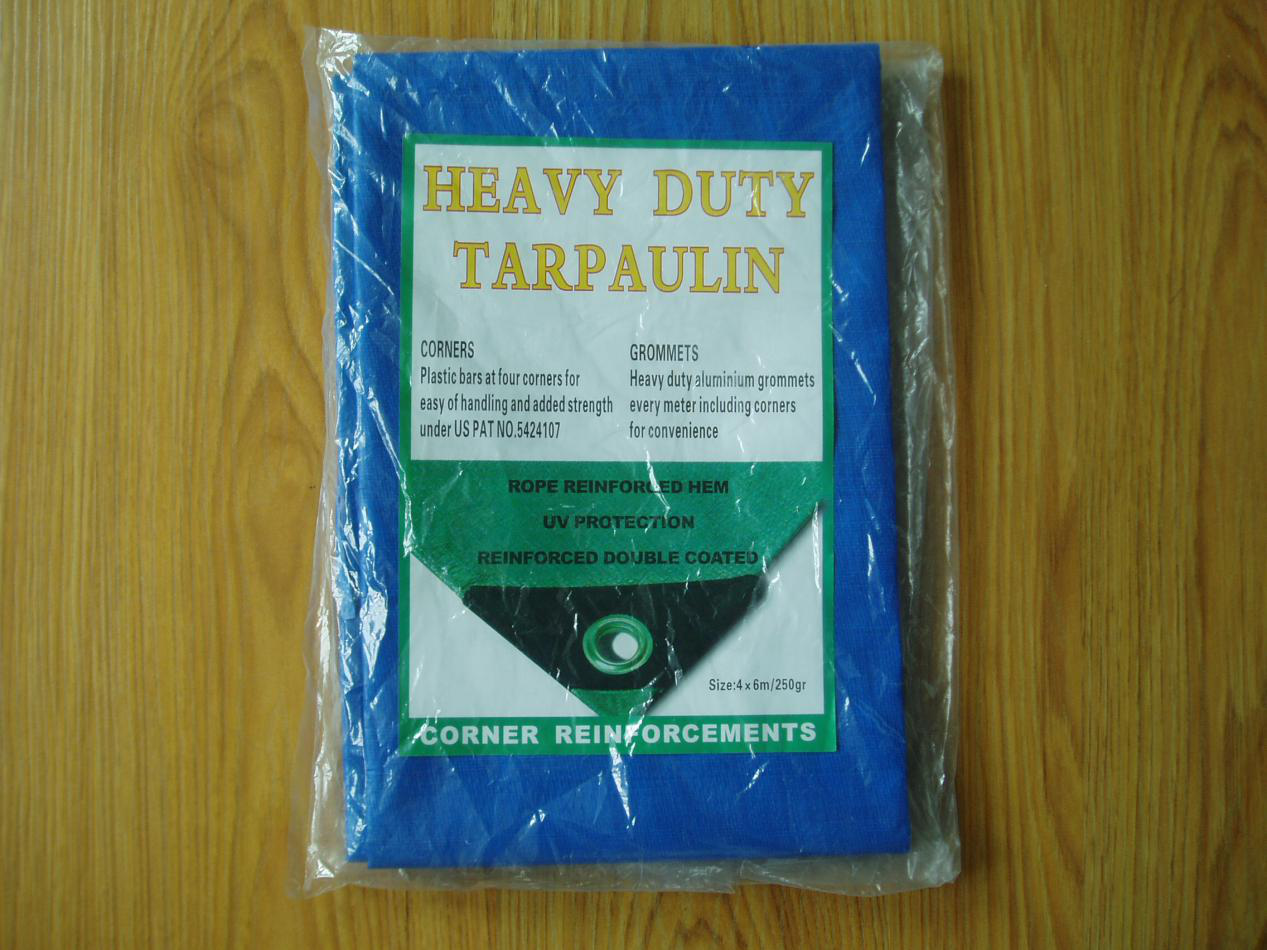In the context of the 2012 US presidential election, US politicians tend to be tough on their trade policy toward China. Recently, the United States has successively determined that there are dumping or subsidies for Chinese steel wheels, solar cells, galvanized steel wires and fluorescent whitening agents. The frequency of such trade relief actions against China is rare.
On March 19th, the US Department of Commerce made a preliminary ruling on the anti-subsidy investigation of China's photovoltaic solar cell products, and found that the Chinese enterprises involved in the case had a subsidy ranging from 2.9% to 4.73%, and traced 90 days of taxation. The head of the Import and Export Fair Trade Bureau of the Ministry of Commerce of the People's Republic of China subsequently made a statement, pointing out that the US restrictions on China's solar cell products are the interests of both China and the United States, and will affect the development of the US clean energy industry and the cooperation between China and the United States in the field of new energy. . China urges the US to proceed from long-term cooperation, mutual benefit and win-win situation, prudently handle trade frictions between China and the United States in new energy fields such as solar cells, and maintain stable and harmonious development of bilateral economic and trade relations between China and the United States.
Since last year, under the influence of unfavorable factors such as the European debt crisis, China's PV product export market has shrunk, and the entire industry has been tested by the "severe winter". Relevant persons pointed out that the US Department of Commerce's implementation of "double opposition" to China's solar cell products will further exacerbate the plight of China's solar industry; on the other hand, this will also encourage China's solar industry to pay more attention to technology R&D and upgrade, and increase structural adjustment. Strength, in the long run, is conducive to the healthy development of the entire industry.
"Double-reverse" is intended to compete for the leading role of the photovoltaic industry
In October last year, seven US PV cell manufacturers led by Solar World submitted an application to the US government, accusing Chinese PV companies of dumping crystalline silicon photovoltaic solar cells to the US, and receiving improper subsidies from the Chinese government, demanding that the US government come from China. The crystalline silicon photovoltaic cell products launched anti-dumping and countervailing investigations (ie, "double-reverse" investigations). The US International Trade Commission (ITC) and the US Department of Commerce subsequently filed a case.
However, in December last year, the US Federal Circuit Court of Appeals ruled in relevant cases that the US anti-subsidy law did not apply to "non-market economy" countries. In order to "legalize" the US countervailing investigation, US leaders recently signed a countervailing amendment bill, which provides for countervailing investigations for non-market economy countries, while the regulations can be traced back to 2006.
According to the analysis, in the context of the 2012 US presidential election, US politicians tend to be tough on their trade policy toward China. Recently, the United States has successively determined that there are dumping or subsidies for Chinese steel wheels, solar cells, galvanized steel wires and fluorescent whitening agents. The frequency of such trade relief actions against China is rare.
After the announcement of the preliminary results of the US Department of Commerce, Chinese PV companies issued a statement through the China Chamber of Commerce for Import and Export of Mechanical and Electrical Products, stating that "the US Department of Commerce initiated a countervailing investigation on Chinese PV products, and its political objectives exceeded legal authorization, violating the basic principles of law. At the same time, this practice does not comply with international rules. "The raw materials and equipment used by Chinese PV manufacturers are mostly imported from the United States and Europe, including more than $2 billion in raw materials such as polysilicon imported from the United States each year, China's photovoltaic cells and components. Exports to the United States are also conducive to the development of downstream industries in the United States (especially the photovoltaic power generation installation industry). If the US government finally implements trade restrictions on China's PV products, it will lead to a substantial increase in the cost of photovoltaic energy in the United States, the market will shrink, and the interests of US PV energy developers will also be impaired.
However, the US government's move may also have deeper considerations. "This is actually a strategic layout made by the United States." Song Liang, an analyst at the China Merchants Productivity Promotion Center, said that all countries are now making every effort to promote the development of low-carbon industries and strive to be the leader, the most prominent of which is new energy. industry. The future new energy industry and the development of technologies and industries related to the new energy industry, as well as its changes in the way of social production, have great potential for the economy, which makes the development of the protection of the country's new energy industry an inevitable trend.
Song Liang said that the current US imports of cheap solar photovoltaic products from China are conducive to reducing the cost of its domestic photovoltaic energy companies, but in the development of photovoltaic solar industry, China is also its biggest competitor, the United States is worried about the future of China in the entire industry. The development of the chain will pose a threat to it, so it will take the opportunity to attack the Chinese PV industry at the expense of some of its own interests.
Unfair rulings are difficult to crush China's photovoltaic industry
China Chamber of Commerce for Import and Export of Mechanical and Electrical Products said in a statement that many countries in the world have given various forms of support to the photovoltaic industry, including the United States and Europe. Even if Solar World, the complainant of the "double-reverse" case, was the beneficiary of such support, Solar World accepted about $43 million in tax relief and public subsidies only in the 2007 Oregon New Plant construction project. In 2010 and 2011, it received government grants of 18.75 million euros and 45 million euros respectively in Europe. In contrast, the Chinese government's support and breadth of the photovoltaic industry is much smaller. Even if there is government support, the relevant support measures are in line with the provisions of the World Trade Organization and do not constitute prohibitive subsidies or special subsidies.
At the same time, Chinese PV companies believe that the US Department of Commerce's ruling does not face the facts of China's PV industry and PV product production and export sales, which is unfair. The US government should not violate the US government's obligations under the Subsidies and Countervailing Agreements in order to protect the private interests of certain enterprises, and set unreasonable trade restrictions on China's photovoltaic products, thus affecting the green energy industry in China and the United States. Health and sustainable development.
It is understood that after the US Department of Commerce announced the preliminary ruling on the anti-dumping investigation of solar cell products in China in May, according to the US procedures, the US International Trade Commission is required to make a ruling. If both major trade authorities make a positive final ruling, the US Department of Commerce will require Customs to impose "double-reverse" tariffs on related products.
Song Liang said that if the United States finally decides to impose a countervailing duty rate and an anti-dumping tax rate on China's US PV products, it is expected that the cumulative tax rate will make China's PV products exported to the United States basically equal to the US domestic products. "This will cause China's PV companies to increase their inventories and increase their losses in the short term, which will further aggravate the 'cold winter' faced by the entire industry, but it is impossible to kill the Chinese PV industry." It is understood that after the results of the US Department of Commerce's ruling were announced, The confirmed subsidy tax rate was lower than market expectations, and some Chinese PV companies listed in the US subsequently saw a sharp rise in share prices.
Miao Liansheng, chairman and CEO of Yingli Green Energy, a leading company in China's photovoltaic industry, said: "In any case, tariffs will have an adverse impact on the photovoltaic industry in China and the US. We will continue to attach importance to the importance of the US market in the photovoltaic industry. Continue to uphold the concept of free trade and fair competition to support US customers."
Industry integration and upgrading can win competition
China Machinery and Electronic Products Import and Export Chamber of Commerce said in a statement: "Chinese PV companies will be more united and actively respond to the follow-up investigation of 'double anti-', continue to work hard for Chinese PV companies to strive for fair and equitable treatment, and will continue to work for China. Contribute to the long-term sustainability of the US and global photovoltaic energy markets."
At the same time, "China's PV companies reserve the right to seek protection against their own rights and interests through multilateral and bilateral dispute resolution mechanisms by distorting facts and abusing legal means to crack down on unfair competition in China's PV industry, and appealing to China. The government actively seeks the right to fair dialogue opportunities. Chinese PV companies will pay close attention to the attitudes and trends of the US government and relevant US competitors, and actively take action to defend their overseas interests."
Song Liang said that after the announcement of the results of the US Department of Commerce's ruling, the EU and the like are likely to follow suit. Once this happens, the export situation of China's photovoltaic products will be more severe. Therefore, "China should take into account the worst situation and prepare adequately." Government departments should try to resolve this issue through negotiations. They can consider strengthening cooperation between the two companies and promoting Chinese PV companies to invest in capital. Relevant PV companies should also pay attention to promoting the diversification of export markets and focus on opening up markets in Brazil and the Middle East.
According to the person in charge of Yingli Green Energy, the company is continuing to actively defend with customers, suppliers, partners and employees in the United States. Chinese PV companies are actively lobbying with customers and suppliers in Europe to make the EU aware that free trade and cooperation are in their own interest.
Song Liang said that the photovoltaic industry needs large-scale production to show benefits. At present, China's photovoltaic industry is still relatively scattered, and most of them are concentrated in the low-end of the industrial chain. Some high-tech and high-value-added products still rely on imports. If China's PV industry wants to develop better, the most fundamental thing is to accelerate the integration and upgrading of the industry and pay attention to the innovation and reserves of core technologies. Government departments should strengthen planning and support in this area, while attaching importance to the role of research institutes and enterprises in technological innovation and introduction and absorption.
In this year's National "Two Sessions", Li Hejun, president of the National Federation of Industry and Commerce New Energy Chamber of Commerce, also said that China's solar industry itself must also adjust its structure. The US "double-reverse" investigation of China's photovoltaic solar products will have an impact on exports, but it is a good thing in the long run, which is conducive to the structural adjustment of China's solar industry, while paying more attention to the expansion of the domestic market.
The person in charge of Yingli Green Energy said that in the future, it will continue to increase investment in technology advancement, market development and marketing to maintain the competitiveness of Yingli PV module products.
PE Tarpaulin is used for cover and protect the goods in the open air or warehouse.
It is also called ready made tarpaulin, PE tarps, Lonas ,PE Tarpaulin Sheet , plastic tarp , PE Canvas Tarpaulin ect.
Because of the PE tarpaulin is water-proof,washable,anti-rot,UV stabilized.And it is very portable and can be transported and setup easily. So It is widely used in our usual life and industry.
The material of PE tarpaulin l is 100% virgin granular polyethylene.
It is 3 layers.HDPE woven fabric in the middle +LLDPE lamination on both sides.
Here is the details:
Weight: 45gsm ---300gsm
Color: any color available upon customer's request including:
Blue PE Tarpaulin
Green PE Tarpaulin
White PE Tarpaulin
Grey PE Tarpaulin
Red PE Tarpaulin
Brown PE Tarpaulin
Clear Tarp
Camouflage Tarp
Stripe Tarpaulin
Size: any sizes available, subject to customer's order
Shape: any shape can be made as per customer's design
Details: Reinforced polypropylene rope in welded hems.
Rust resistant aluminium grommets or plastic eyelet every 3 feet or every 1 meter
Other details you can choose:
4 black reinforced corners each piece
D rings on the PE tarpaulin
Other design from the customers
Packing:Each tarpaulin is folded and put in a transparent polybag with a paper insert
Suitable pieces pressed in a bale , or put in a carton or display.



PE Tarpaulin
PE Tarpaulin,Tarpaulin Sheet,Canvas Tarpaulin,Waterproof PE Tarpaulin
HEBEI OHONG PLASTIC CO. LTD. , http://www.tarpaulin-factory.com